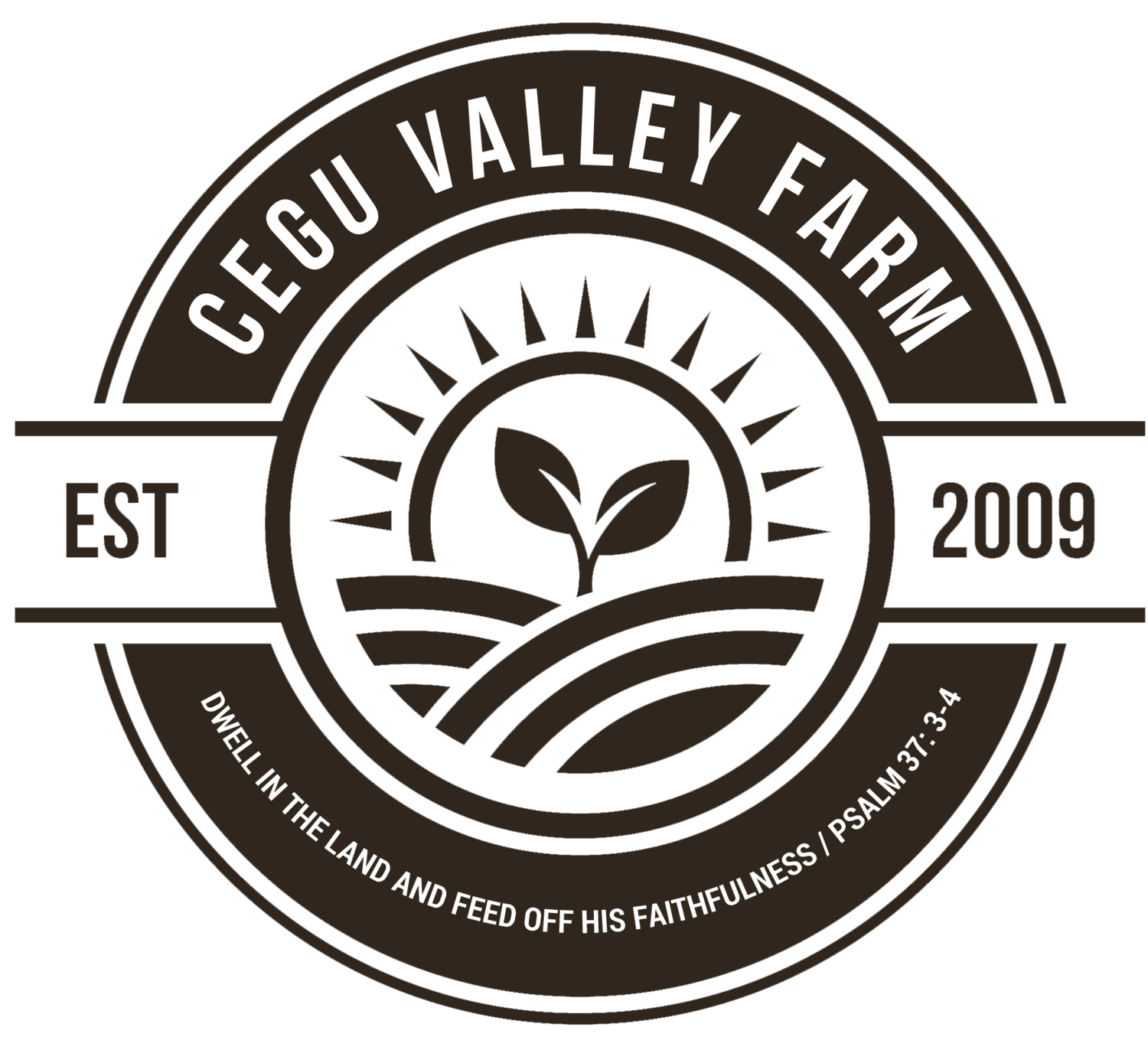With a limited budget and a recent influx of 12 new mouths to feed, Sue McCay has managed to produce absolutely zero food waste. In America, over 600 lbs of food is wasted per household per year, which adds up to over $1,500 per family thrown away without a second thought. On the farm, any and all extra food is either eaten as leftovers, turned into another dish, given to chickens, ducks, and dogs, or composted. One thing that has amazed me in my time here, is how well Sue always prepares the right amount food. When I asked her about it, she said she credits years of practice for her skills in cooking close-to-perfect portions no matter how many hungry tummies surround her dinner table. One of the most important considerations on Sue’s part is rationing. Since the McCays use primarily what they grow and produce on the farm in their diet, they have to rely on things that aren’t always reliable. For instance, in the morning, if their bull gets to the family’s milking cow before they do, they have no milk for coffee, cooking, or baking for the day. Everything has to be thought of in advance, incredibly more so than many Westerners are used to. In addition, with certain commodities like cheese being extremely expensive and a lot of work to produce on the farm, the McCays have had to leave behind a lot of their old eating habits. This scarcity of certain foods that frequent western dinner tables can make it a little difficult for an American intern to adjust to the different dishes, even as wonderful and delicious as they are. I can honestly say that Sue’s cooking will be dearly missed (not quite as much as she will!) upon going back to America, but I certainly will not make it back without bringing a few recipes and more mindfulness when it comes to food waste with me.
Sarah Grace
